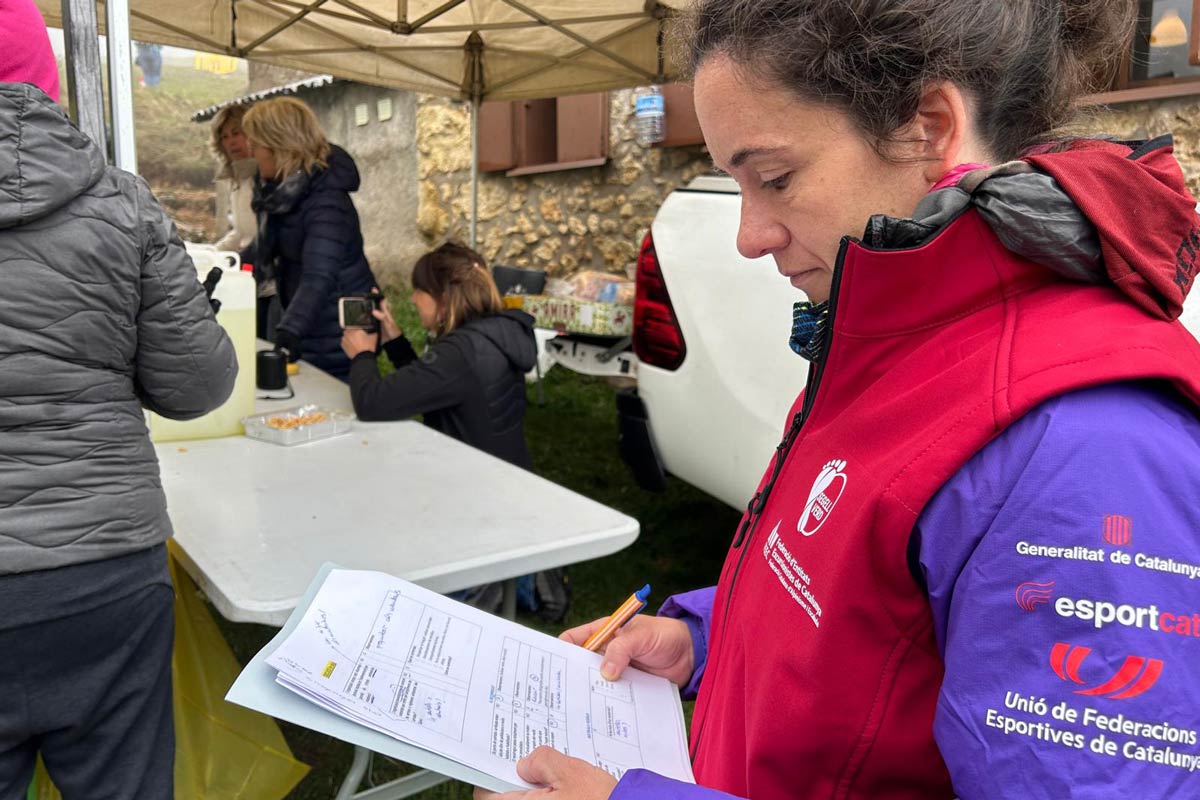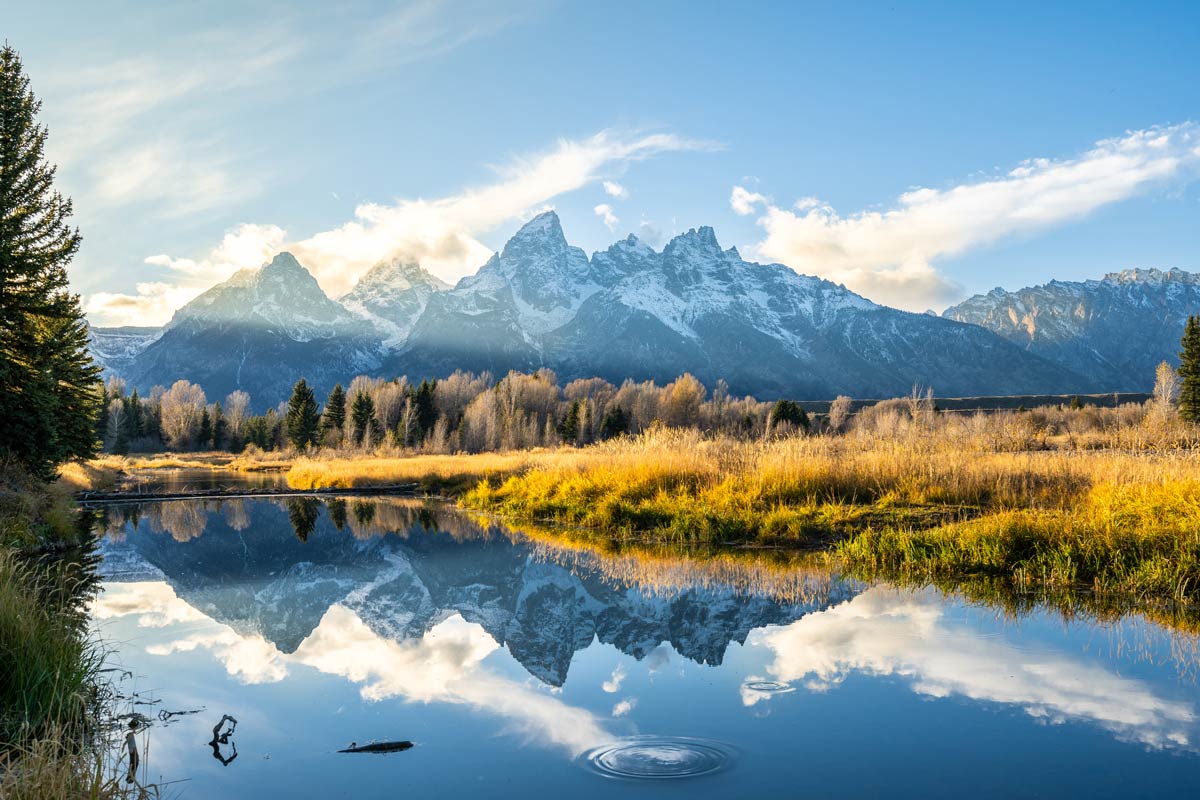British climber Doug Scott tells the UIAA about his contributions to mountaineering, the challenge of preserving traditional climbing and the importance of the Piolets d’Or award for encouraging innovation and exploration.
Scott is the 2011 recipient of the Piolets d’Or Lifetime Contribution Award – only the third climber to have been given the honour, after Walter Bonatti (2009) and Reinhold Messner (2010).
He spoke to the UIAA ahead of the Piolets d’Or ceremony on 16 April in Courmayeur, Italy. Scott is the British Representative on the UIAA’s Management Committee.
UIAA: The Piolets d’Or committee commends you as “one of the pioneers of alpine style climbing in the Greater Ranges…” as someone who “embodies the spirit of modern alpinism…”. And it also recognises your charitable work in Nepal. Modesty aside, what do you think has been your most valuable contribution to alpinism?
Doug Scott: if anything it was climbing high in lightweight style and sometimes completely in Alpine Style on new routes. That is where all the interest lies; to go where no one has gone before, where there is uncertainty, wondering what will you find there, will there be belay ledges and a place to bivouac for the night?
I did learn a lot about handling myself in the thin, cold air on the big, siege style expeditions to the South West Face of Everest (1975). Dougal Haston and myself left the summit at 7 pm and had to sleep just 100 metres down, without oxygen, sleeping bags – and as it turned out – without getting frostbite. That really widened the range of how and what I would climb in the future.
My most important climb was Kangchenjunga (with Joe Tasker, Peter Boardman and George Bettembourg in 1979). We were the first to go onto a big mountain without oxygen and to do it lightweight without a mass of Sherpas and fixed ropes. That was a big step into the unknown for us, always wondering what would happen if one of us got oedema. You wouldn’t be able to get a man down from up there.
Now they are flying helicopter rescues up 7,000 metres. What do you think of this recent development?
The whole point of the Himalaya has always been the solitude, commitment and taking responsibility for your own life. If people push on, lulled by a false sense of security, believing they can always call for a helicopter then there are likely to be more accidents.
When we were off in the 1970s and 1980s, that was that, you went off. You severed your connection with home. If some porters came up, you sent some letters off to the wife, but there were no telephones or radios. On Kangchenjunga there were no radios at all. You just went to be there. Nowadays people hardly leave home and office since they are still connected.
How important do you think the Piolets d’Or award is for encouraging innovation and exploration?
The Piolets d’Or puts a marker in the sand. The reason it has become a flagship award is because it has tried to keep the original idea of exemplifying the best of Alpinism and the most inspiring climbs possible. This can’t be done with drills, porter ledges and fixed ropes. Everyone knows if you have basic skills and are a tenacious, persevering type, you can climb anything. Since the uncertainty as to the outcome e of the climb is what matters most, what is the point? That’s why there was a big fuss when a Russian expedition won the award in 2005 for the first ascent of the North Face of Jannu (criticised by Steve House for using months to climb the face with fixed ropes). Basically the award is there to give acknowledgement to those that do original climbs in an amazing way, high up.
As a member of the UIAA Management Committee, how do you think the UIAA could improve the way it supports the values you hold dearly?
The UAA has been spending a great deal of time on procedure and ancillary matters. Hopefully that is just about complete and now it can think more about actual climbing. The work done by UIAA Commissions responsible for safety, mountain protection and access are important but getting into commercial ventures like ice climbing competitions does take up a lot of time and money. This has put some Federations off, like those from Germany and Austria.
We know that it is important for the UIAA to be recognised by the International Olympic Committee otherwise some Federations may leave the UIAA. Despite this I would like to see more attention paid to actual climbing and pointing the UIAA towards being the guardian of the best traditions of our sport. I’ve come onto the UIAA to help to promote the idea that the few remaining areas of Traditional Climbing should be preserved – as heritage crags if that is the only way.
It seems that the UIAA is going through another period of upheaval since the third Executive Director in a year has left the UIAA. Also the UIAA is in severe financial difficulties. The Chinese character for crisis is in two parts; one part of the ideogram is chaos and the other part is opportunity. If we take a lead from the wise Chinese the UIAA would be well advised not to let the moment pass without analysing the situation in depth and putting reform in place to rectify the problems.


